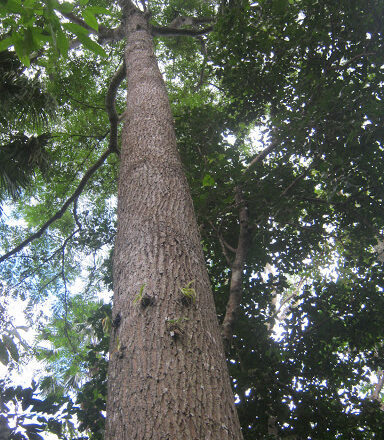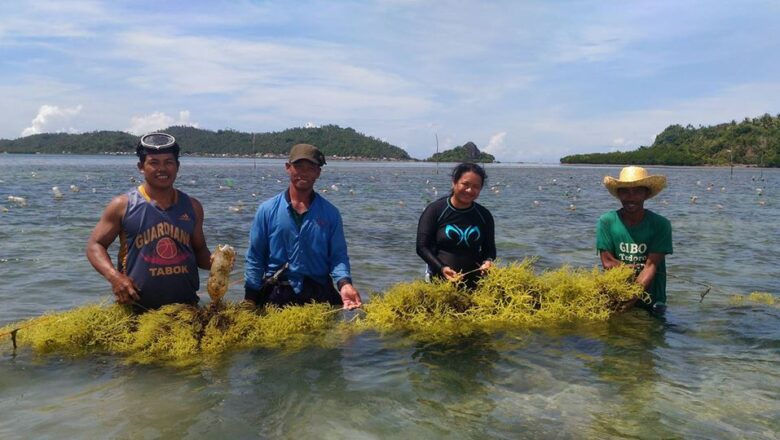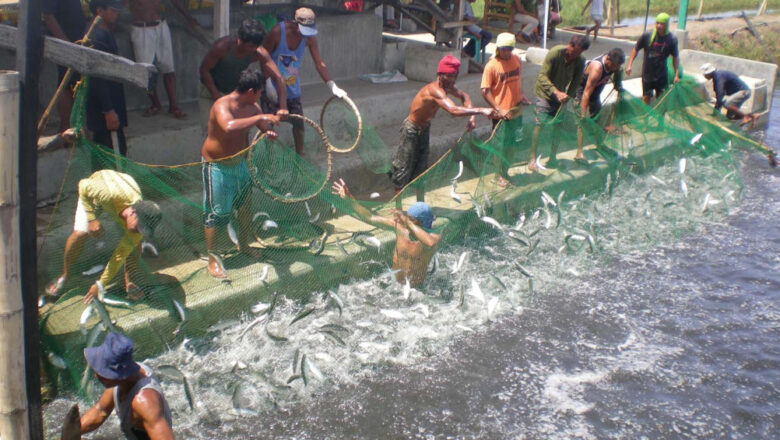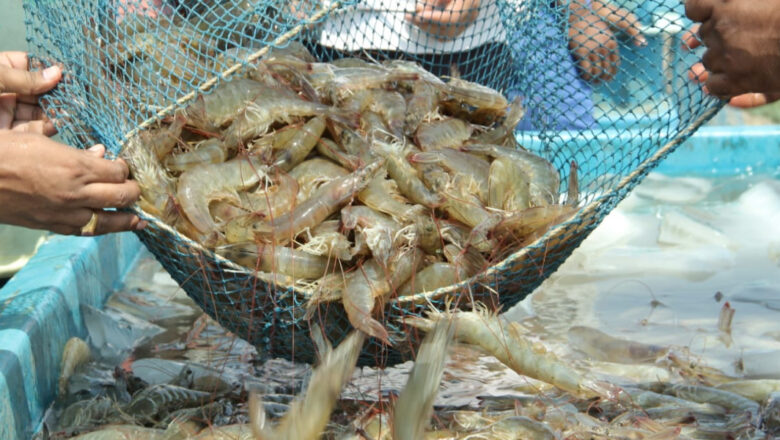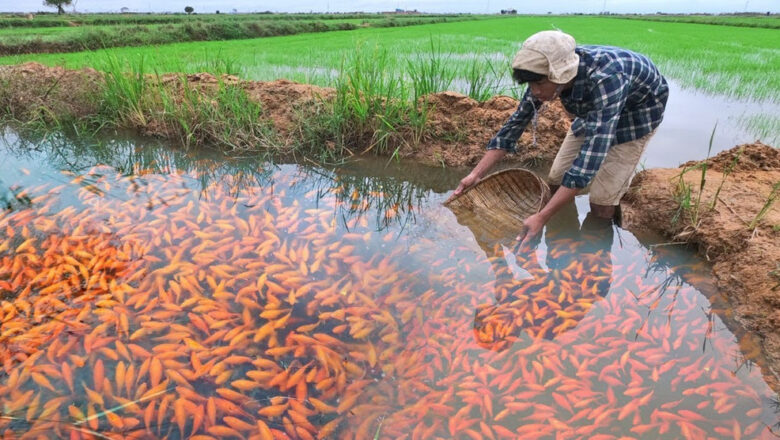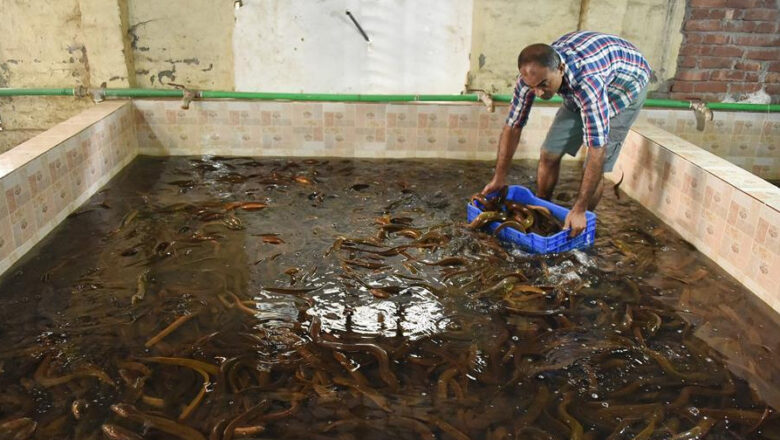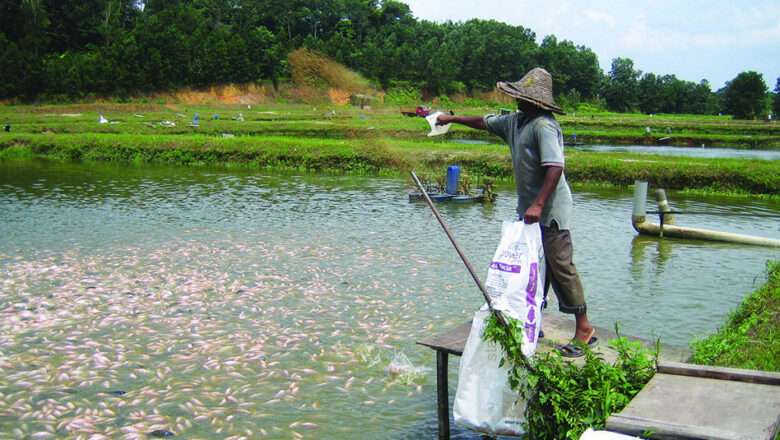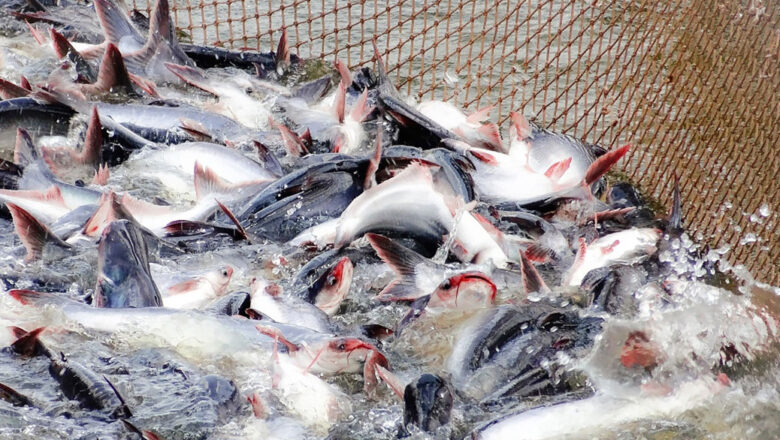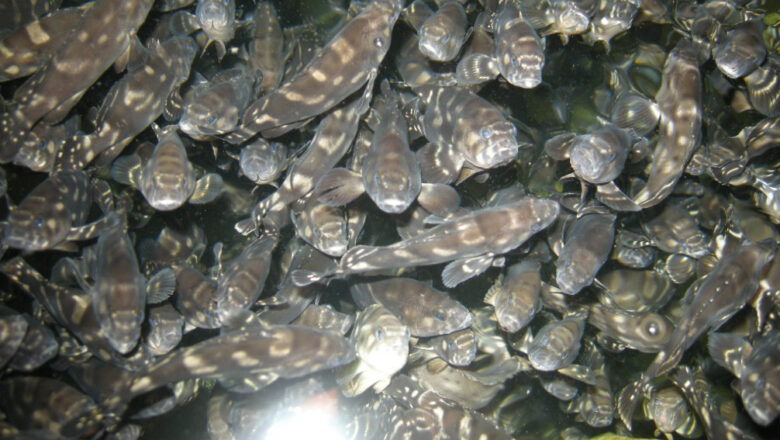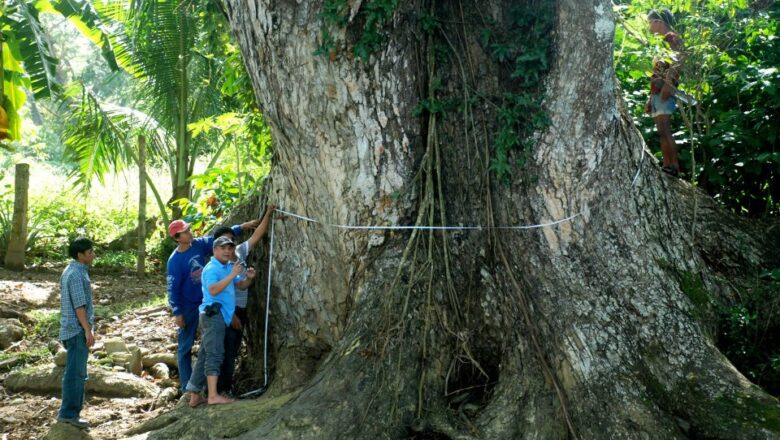
Acacia Tree Description, Characteristics, and Uses
Acacia trees are some of the most fascinating and versatile species in the world, with a rich history of uses dating back centuries. Their unique characteristics make them ideal for various applications, from medicine to furniture making. In this blog post, we'll explore everything you need to know about the acacia tree, its distinct features, different species and sub-species, economic importance, challenges they face today, and more! Join us on an exciting journey as we delve into the beautiful world of acacias.
Acacia Tree Description and Characteristics
Acacia trees belong to the legume family and are scientifically known as Acacia. They are also known by many other names, including wattle, mimosa, thorn tree, and prickly acacia. Acacia trees can be found in various regions across th...

